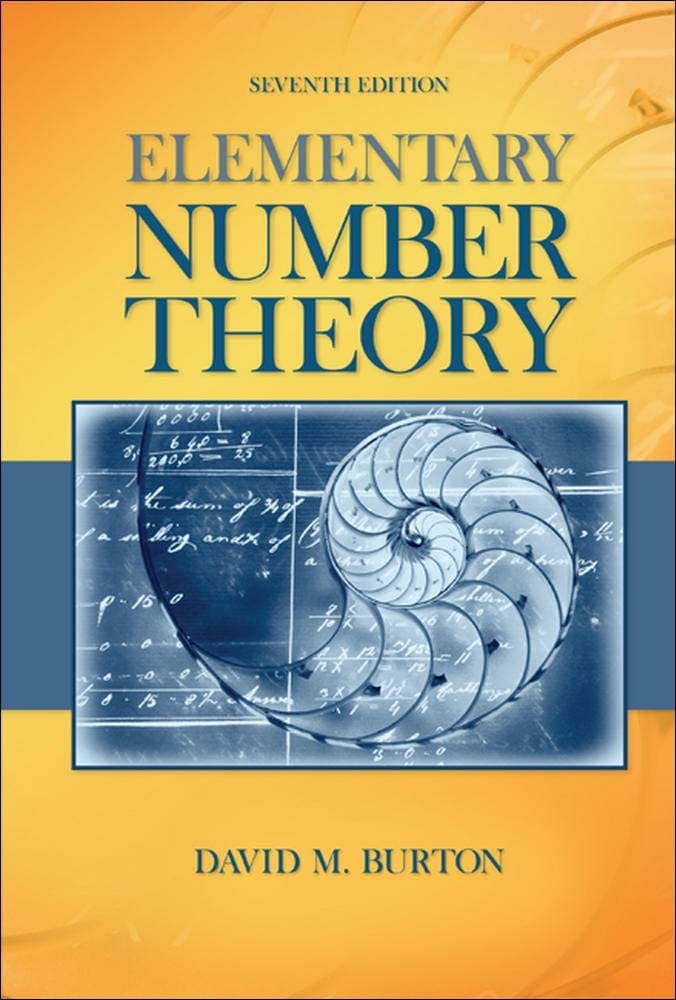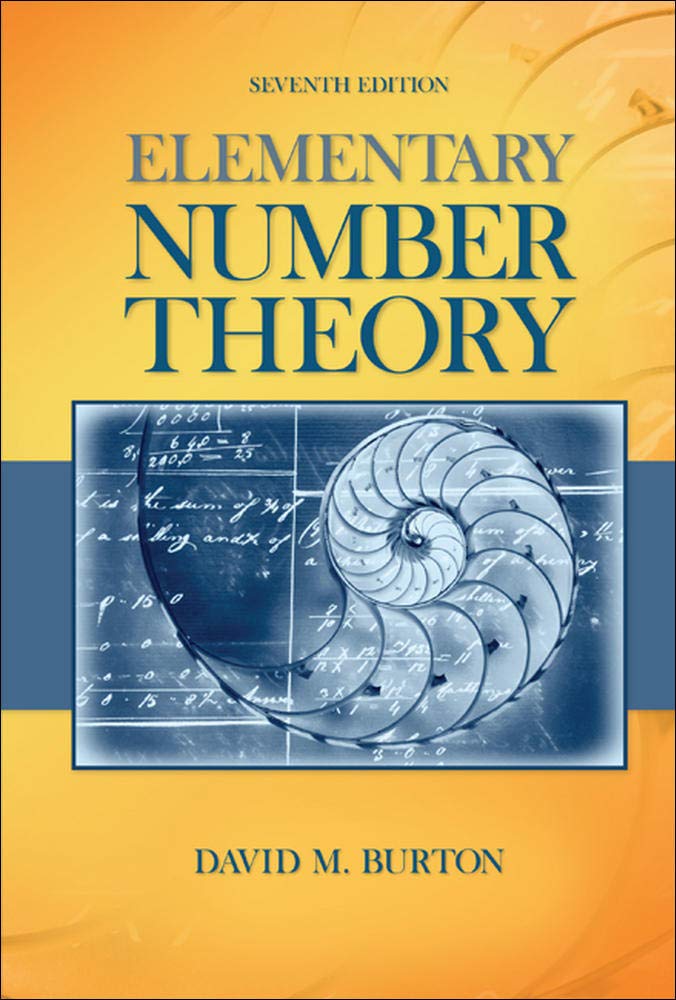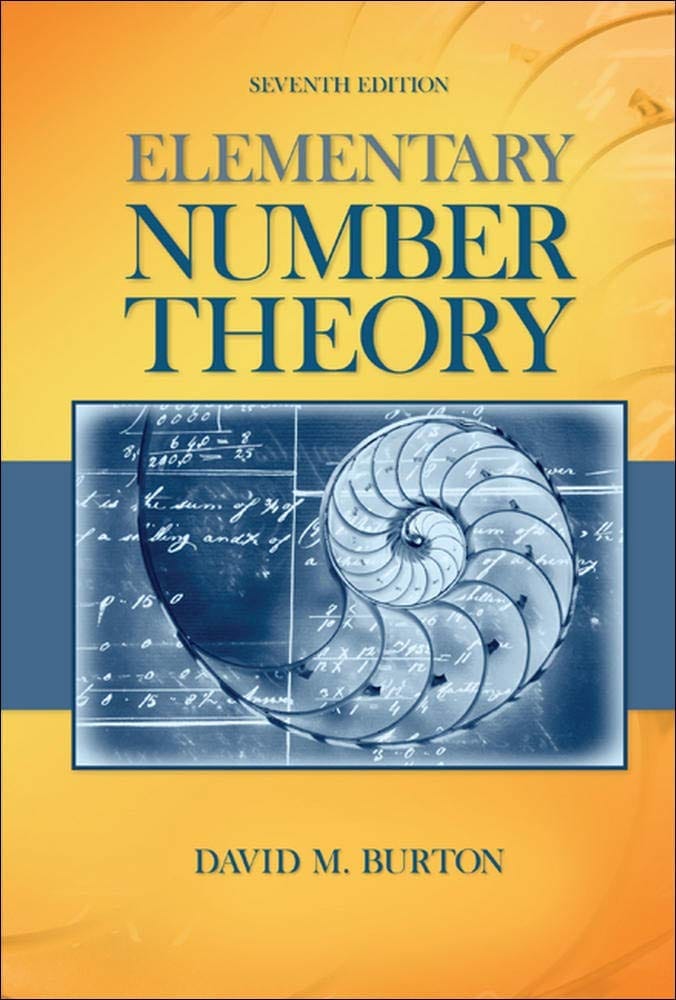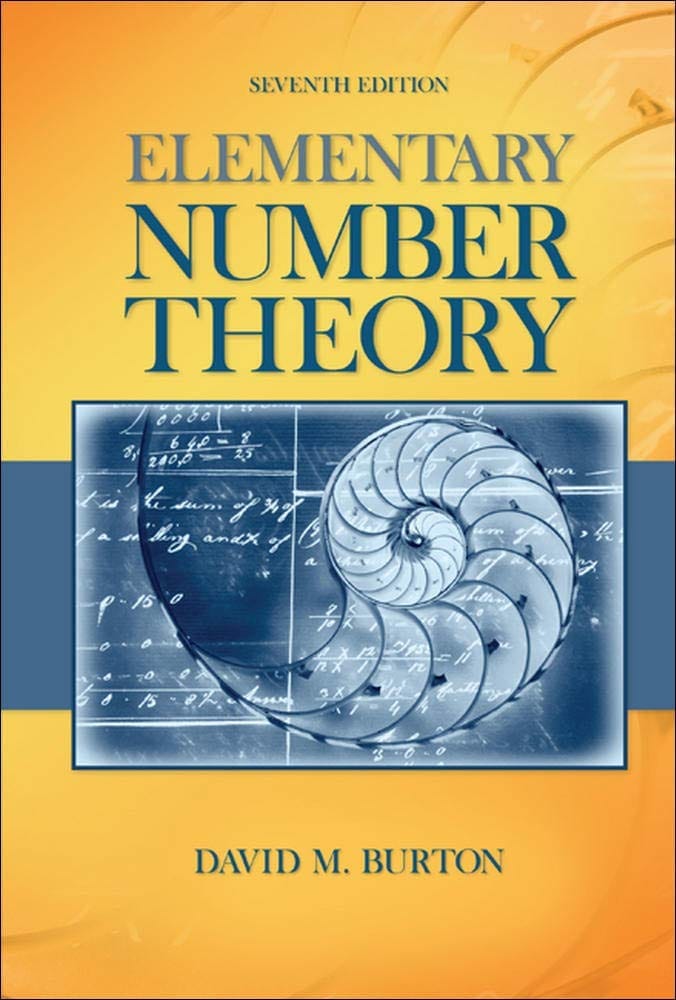
Elementary Number Theory Problems 4.3 Solution (David M. Burton's 7th Edition) - Q10
My Solution for "Prove that no integer whose digits add up to $15$ can be a square or a cube. [Hint: For any $a$, $a^{3} \equiv 0$, $1$, or $8$ $\pmod 9$.]"
Background
All theorems, corollaries, and definitions listed in the book's order:

I will only use theorems or facts that are proved before this question. So, you will not see that I quote theorems or facts from the later chapters.
Question
Prove that no integer whose digits add up to $15$ can be a square or a cube.
[Hint: For any $a$, $a^{3} \equiv 0$, $1$, or $8$ $\pmod 9$.]
Solution
Let $n$ be an integer whose digits add up to $15$. We know $15 \equiv 6 \pmod {9}$. $n \equiv 6 \pmod {9}$ by Theorem 4.5. Let $a$ be an integer. If $n = a^{2}$ or $n = a^{3}$, then $n \equiv a^{2} \equiv 6 \pmod {9}$ or $n \equiv a^{3} \equiv 6 \pmod {9}$.
By Theorem 2.1 Division Algorithm, we can write $a$ in the form of $3k$, $3k + 1$, or $3k + 2$ for some integer $k$.
Consider $n = a^{2}$:
The rest is for Premium Members only
SubscribeAlready have an account? Log in

